In honor of Black History Month, StAR contributors look back on over 100 years of black representation in film and television.
***
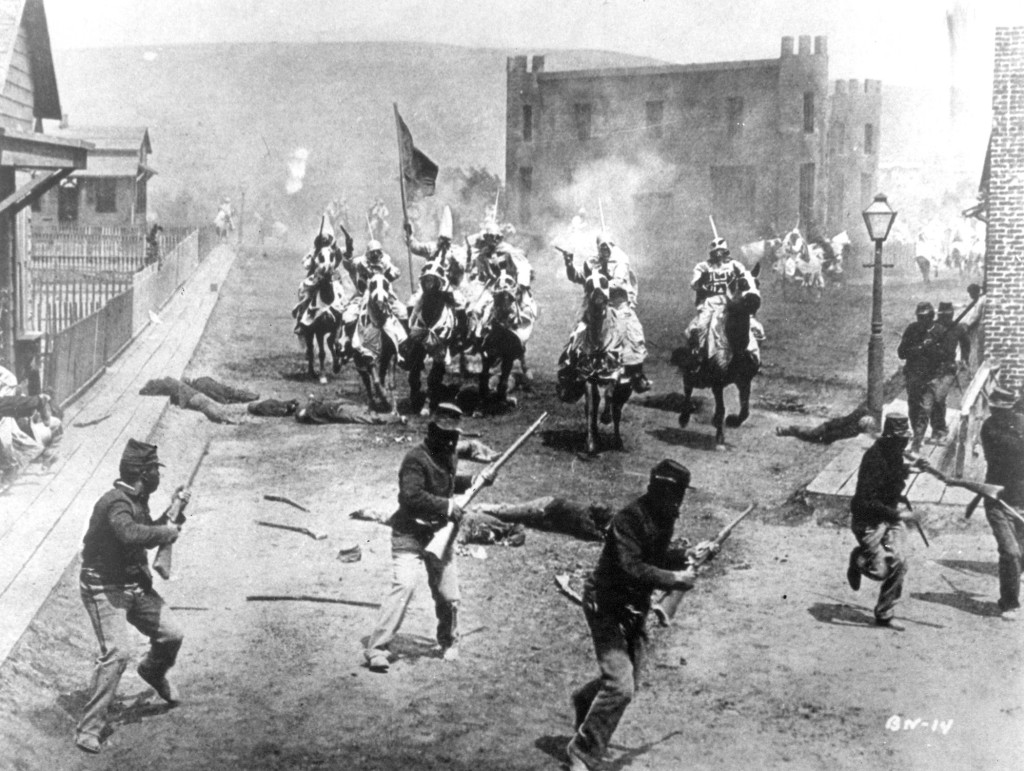
THE BIRTH OF A NATION (1915) - MATTHEW LIBBY
Full disclosure - I have not seen this movie. By all accounts, it’s not very good. It was also the film industry’s first blockbuster, as well as little more than propaganda for the Ku Klux Klan, with all black primary characters played by white actors in blackface, and all black extras directed to embody every stereotype known to man. When it was released in 1915, the film was met by as much ecstatic praise as protest (director D.W. Griffith was so offended by the protests from the NAACP that he was driven to make a movie the following year literally called Intolerance), and is now one of the most notorious works in cinema history. So here it is - this is how representation of black men and women started out on film:
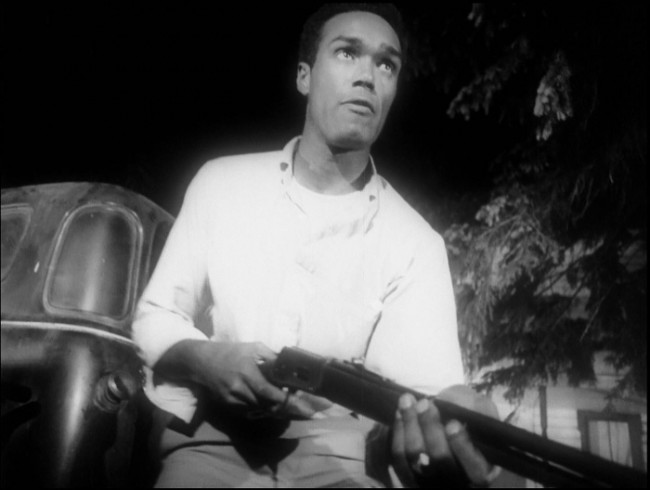
NIGHT OF THE LIVING DEAD (1968) - MADELYNE XIAO
Ben, the level-headed. Ben, the resourceful. Ben, the-black protagonist?
A black lead in a horror film was unprecedented in 1968 and remains a rarity today, so Night of the Living Dead was nothing short of revolutionary for its black protagonist, played by Duane Jones. Director George Romero, however, disagreed: Duane Jones was selected to play Ben on the power of his acting ability alone-“Jones simply gave the best audition,” according to Romero. (Casting on the basis of merit-shocking!)
So here was a black protagonist who dared to survive. Who, with some frequency, made his white compatriots look a bit ham-handed during white-knuckle encounters with zombies. More screentime meant more sophisticated character development, so Ben felt refreshingly human and complex in a genre full of archetypes. Generally speaking, characters like Ben kick off the body count-in Night of the Living Dead, we found a hero who, against the odds of his skin color and swarms of the undead, managed to duke it out ’til morning. Jones himself devoted most of his professional career to training minority acting students. A badass, on- and off-screen.

KILLER OF SHEEP (1978) - CARLOS VALLADARES
Charles Burnett is an important pioneering voice for Black Independent Cinema. In a regrettably white-washed film history, where the names of the greats are almost invariably white men, Burnett paves the way for future auteurs to fully realize their craft without fears of suppression or ignorance by larger film culture. His films—particularly the poetic, sparse, haiku-like Killer of Sheep—are political statement of the highest order. At the same time, Burnett’s films transcend color barriers. Just as the great humanists of cinema transcend the societal and political constraints of their eras (Cassavetes, Renoir, Satyajit Ray, and Hawks, to name just a few), so, too, does Burnett forge a new way of thinking about our fellow humans in ways that don’t devolve into cheap cliches. What we find instead in Killer of Sheep is a radical respect for the continuing human experience. It’s a movie that’s made out of feelings rather than abstract projections of what people should be.
Every shot in Killer of Sheep adds to our understanding of a Los Angeles ghetto-way-of-life. It’s a way of life that white-washed Hollywood has proven they don’t care about, a way of life that doesn’t make $400 million dollars on opening weekend, or is featured on the covers of Variety and TIME, or is nominated for Academy Awards. This is the sort of truth that doesn’t seek audiences, but rather chooses to enlighten those who care about real art, and not some crass, commercialized projection of what reality is. Burnett is the real deal.
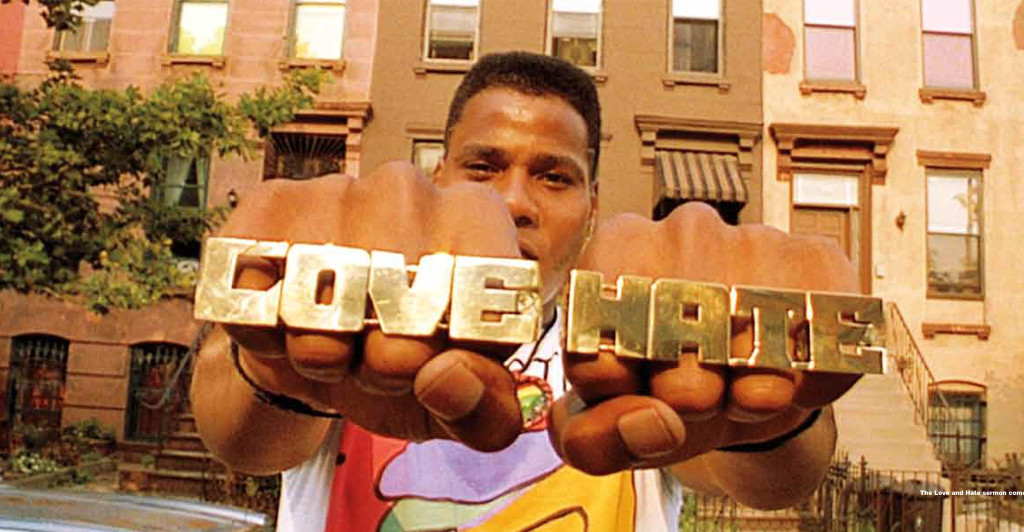
DO THE RIGHT THING (1989) - BENINA STERN
I last (re)watched Spike Lee’s Do the Right Thing in Brooklyn the summer that Ferguson began to wake up a nation. The film had just turned 25 years old, but watching it seemed like it could have been made yesterday because the themes were so relevant—a changing (and still is) neighborhood of Bed-Stuy Brooklyn, microagressions that turn into racial violence. Spike Lee deftly deals with the complexities of these issues, giving us nuanced characters that give the audience the material to face these tough issues.
To end with someone who can give words to this film better than I ever can, Roger Ebert in his 1989 review: “Of course it is confused. Of course it wavers between middle-class values and street values. Of course it is not sure whether it believes in liberal pieties or militancy. Of course some of the characters are sympathetic and others are hateful. And of course some of the likable characters do bad things. Isn’t that the way it is in America today? Anyone who walks into this film expecting answers is a dreamer or a fool. But anyone who leaves the movie with more intolerance than they walked in with wasn’t paying attention.”
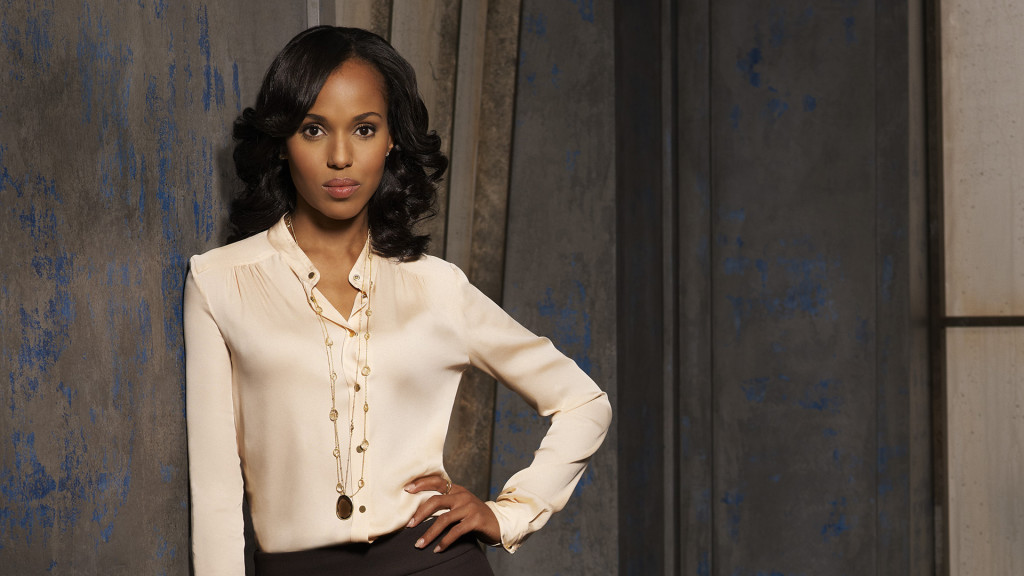
“SCANDAL” (2012 - ) - SIENA STREIBER
I know I’m not the first (and certainly not the last) person to say “Shonda Rhimes is a genius,” but she is. And here is why. Fresh off her enormous success with the critically-acclaimed and award-winning Grey’s Anatomy, showrunner Shonda Rhimes set out to create Scandal, ABC’s red-hot television hit that reaches an upwards of 11 million viewers. Rhimes not only created Grey’s Anatomy and Scandal but also How to Get Away with Murder, and is the brains behind Shondaland, the television production company that basically owns Thursday nights on ABC.
Shonda is a powerhouse, known for getting the job done and doing it well. It is no surprise to anyone that Scandal has done as well as it has, with a woman like Shonda behind it. While occasionally writing for Grey’s, her heart lies with Scandal. The show follows D.C. fixer Olivia Pope (played by Kerry Washington) as she attempts to balance managing political crisis and her sex life - her tumultuous relationship with the leader of the Free World, President Fitzgerald Grant (played by Tony Goldwyn). As television’s first leading black actress on a network show since 1974, Washington proves she is a force to be reckoned with - when paired with Rhimes’ superb writing, just try to stop them. So if you find yourself with nothing to do on a Thursday night, I suggest tuning in to ABC with a nice glass of red wine and some popcorn. You’re gonna want lots of popcorn.
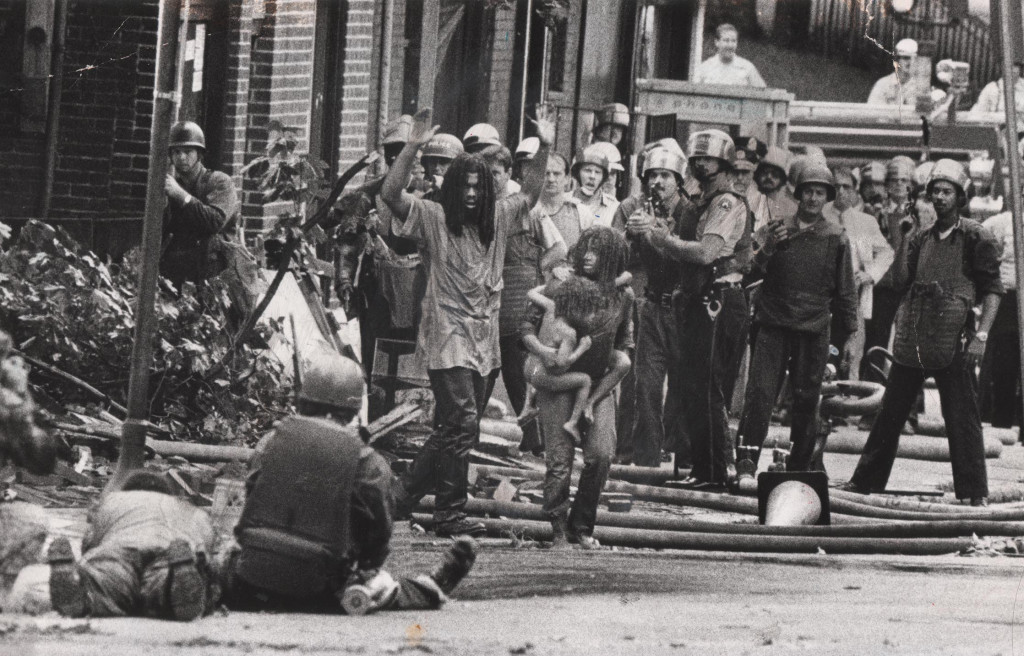
LET THE FIRE BURN (2013) - KATIE NESSER
Celebrating Black History Month compels us to search for stories often ignored by the traditional historical canon. One film that does this incredibly effectively is Let the Fire Burn, a 2013 documentary about the 1985 incident in which the Philadelphia Police Department bombed the headquarters of MOVE, a black liberation group, and stood by as the ensuing flames destroyed over 60 houses and left 11 people dead. Director/Producer Jason Osder forgoes the traditional talking heads method of documentary filmmaking, instead allowing the archival footage he assembles to speak for itself. The effect is an immediate, affecting portrait of institutional racism, negligence, and privilege — no criminal charges were ever filed against the Philadelphia officers responsible. It’s a shocking, shockingly unknown story that Osder treats with the respect it deserves. It’s a story that we can’t forget.

DOPE (2015) - SOPHIA LAURENZI
Dope is the story of a black high-schooler growing up in Inglewood, Los Angeles, aka “The Bottoms” with his single mom. His college dreams are complicated when he’s forced to sell drugs under circumstances out of his control. He and his friends keep themselves busy and inspired with music-they live for it.
It’s a plot and reality we have heard many times before, except that Dope is completely different. Every stereotype is turned on its head, from Malcolm’s, our protagonist, love of punk-rock, 90s fashion, and school to his and his friends’ drug dealing taking place on Bitcoin-funded online markets rather than street corners. But the stereotypes are turned right side up again-Bloods roam the high school hallways, stoner white college dudes philosophize bitterly about opposition to them using the n-word, and Malcolm, gun in hand, gets away with over $100,000 of drug money ($10,000 in cash, the rest in Bitcoins). When Malcolm apologizes to his love interest for snapping at her in the heat of his drug-dealing stress, he says “that isn’t me.” She replies, “Yes it is.”
Malcolm and the characters that surround him are the stereotypes and expectations that their community has set for them, but they are also geeks and music fiends and Harvard applicants. Through Shameik Moore’s dynamic, well-rounded portrayal of Malcolm, Dope shows us that the dramatizations and news stories and documentaries we see are real. But they are made more real by the character and event nuances that make this movie engaging, exciting, and heartwarming. Like the circumstances that put Malcolm into his situation and his plan to get out of it (which you’ll have to see in the movie yourself), Malcolm, his friends, and everyone in his community are complicated. And that makes Dope, despite its music montages and outrageous scenes, real.
Photos courtesy of here, here, here, here, here, here, and here
